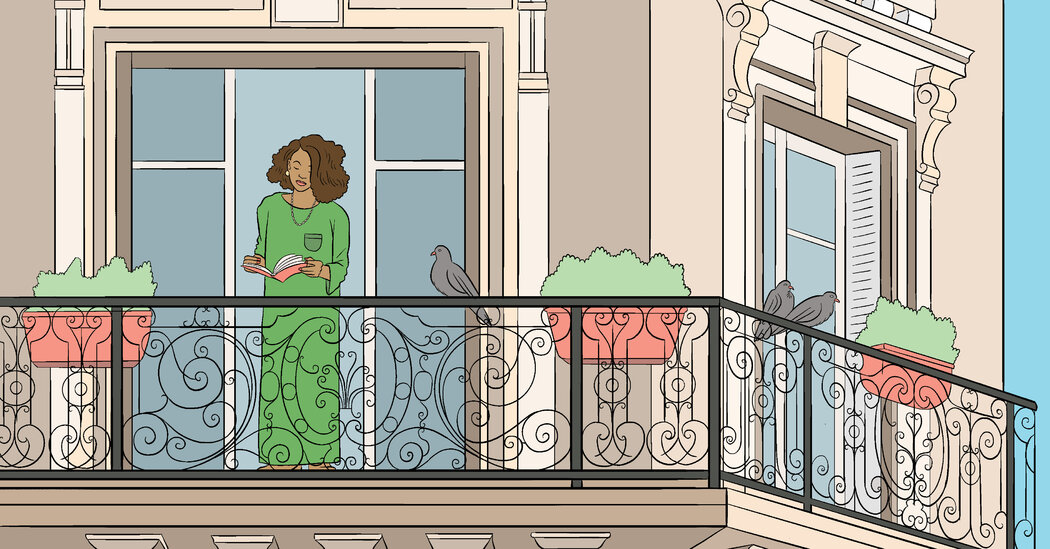This is the first story in a new series exploring the world through books. We’ve asked some of our favorite writers to recommend reading that helps you get to know their cities and tips on literary landmarks to check out. We’ll be traveling the world with them for the next few months, from Madrid to Mexico City to Istanbul and beyond. Sign up for the Books newsletter to make sure you don’t miss any stops!
A few years ago, a young Japanese tourist approached me on the Boulevard Saint-Germain. In a shy voice, she asked, “Where are the writers?” I didn’t understand what she meant. “I would like to see the writers,” she added. “In my guidebook it says that Paris is full of them.” Of course, I smiled and explained to her that times had changed and it was rather rare to see famous writers working in cafes. But I wouldn’t have dreamed of making fun of her, because that’s what I came to Paris for too.
As a teenager in Rabat, Morocco, I hung a photo of Simone de Beauvoir at the Café de Flore on the wall of my bedroom, along with one of F. Scott Fitzgerald and Ernest Hemingway on a terrace in Montparnasse. When I arrived in Paris at the age of 18, I had in mind the people’s parade for the death of Victor Hugo and the cafes on the Grands Boulevards where Émile Zola’s characters drank themselves into a stupor. For me, Paris was literature, its heart and its capital — the city of exiled writers, cursed poets and existentialist philosophers. And even today, I believe that there is no other city in the world that gives so much importance to writers: those of the past, whose ghosts continue to haunt the streets, and those of the present, too, whom passers-by recognize as they would a singer or an actress. I have never lived in another city where literature was so important.
What should I read before I pack my bags?
I would recommend a classic, probably Victor Hugo’s masterpieces “Les Misérables” or “The Hunchback of Notre-Dame.” Hugo was and remains one of the greatest geniuses of all time. And he captured, better than anyone else, the soul of Paris and its people. For a more contemporary vision, I love the “Vernon Subutex” trilogy, by Virginie Despentes. With the character of Vernon, a homeless record dealer, we discover the Right Bank of Paris — the bars, the crazy parties, the mixed neighborhoods. It is also an extraordinary depiction of a gentrified Paris where money rules.
What books or authors should I bring along with…
Click Here to Read the Full Original Article at NYT > Travel…
